Home>Furniture & Design>Bathroom Accessories>How To Make A Homemade Plunger
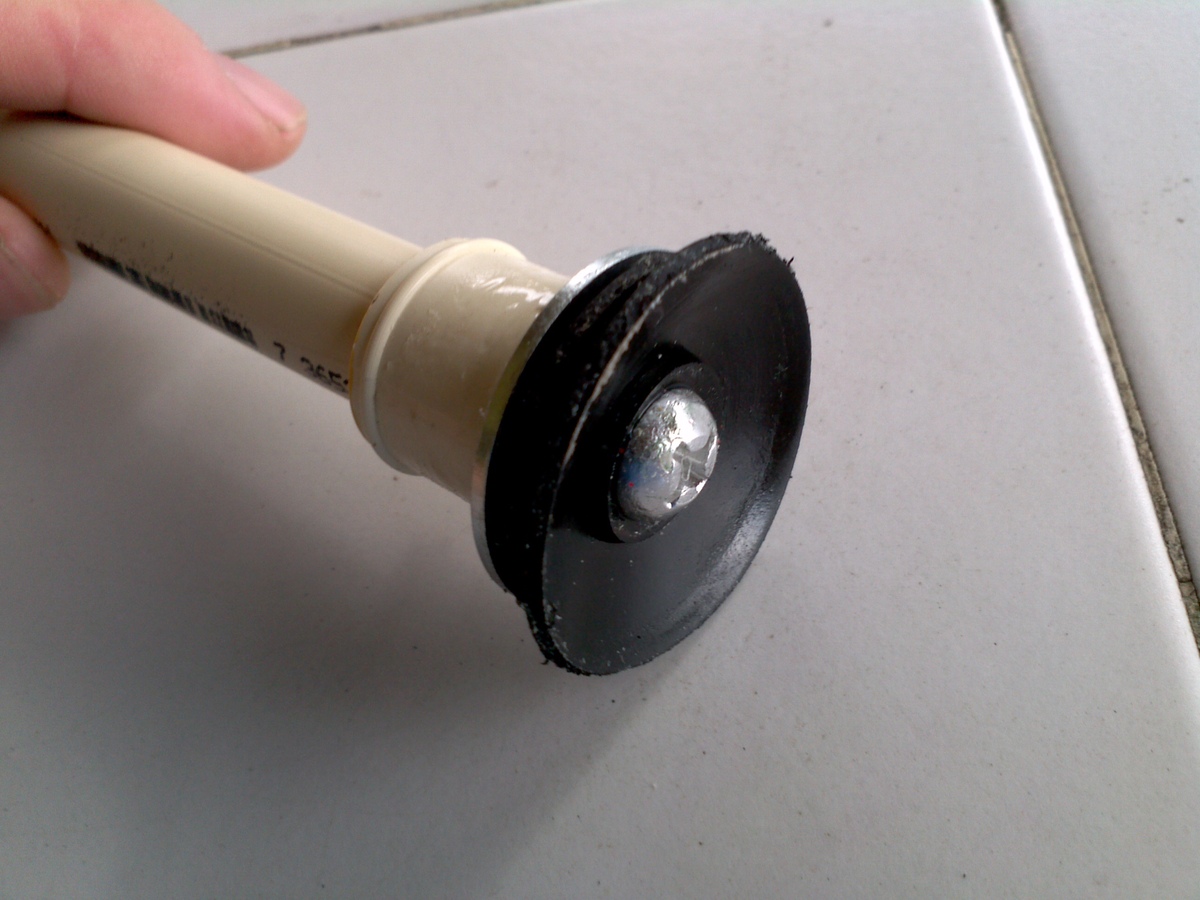

Bathroom Accessories
How To Make A Homemade Plunger
Modified: October 19, 2024
Learn how to make a homemade plunger for your bathroom with simple household items. Save money and avoid clogs with this DIY bathroom accessory.
(Many of the links in this article redirect to a specific reviewed product. Your purchase of these products through affiliate links helps to generate commission for Storables.com, at no extra cost. Learn more)
Introduction
When faced with a clogged sink or toilet, a plunger is often the go-to tool for many homeowners. However, what happens when you don't have a plunger readily available? Fear not, as you can create your own homemade plunger using simple materials found around the house. Not only is this a practical solution for unexpected clogs, but it also provides a sense of resourcefulness and self-sufficiency.
In this article, we will guide you through the process of crafting a homemade plunger using everyday items. By following these steps, you can be prepared to tackle minor plumbing issues without the need for a store-bought plunger. With a bit of creativity and ingenuity, you'll be equipped to handle clogs with ease, all while utilizing items commonly found in your home. So, let's roll up our sleeves and embark on this DIY plumbing adventure together!
Key Takeaways:
- Transform everyday items into a homemade plunger using a plastic bottle, rubber glove, and basic tools. Tackle minor plumbing issues with resourcefulness and self-sufficiency, no store-bought plunger needed!
- Test your DIY plunger by submerging the plunger head in water and applying firm pressure. Fine-tune and adjust for optimal performance, empowering yourself with a practical and effective solution.
Read more: How To Make A Plunger For A Toilet
Materials Needed
To embark on this DIY plumbing endeavor, you'll need a few basic materials that are likely already in your home. Here's a list of items required to create your homemade plunger:
-
Empty Plastic Bottle: Look for a plastic bottle with a narrow neck, such as a standard 16-ounce water bottle. The size and shape of the bottle will play a crucial role in the effectiveness of your homemade plunger.
-
Scissors or Box Cutter: You'll need a pair of scissors or a box cutter to cut the plastic bottle. This will allow you to modify the bottle to suit the purpose of a plunger.
-
Rubber Glove or Balloon: A rubber glove or balloon will serve as the plunger head. The elasticity of the rubber material is essential for creating a seal and generating the necessary suction to dislodge the clog.
-
Rubber Band or Duct Tape: To secure the rubber glove or balloon to the bottle, you'll need a rubber band or duct tape. This will ensure that the plunger head remains in place during use.
-
Water: Having a small amount of water on hand will aid in creating the necessary pressure when using the homemade plunger. It's a crucial element in the functionality of your DIY plumbing tool.
By gathering these simple materials, you'll be well-prepared to construct your very own homemade plunger. With a bit of creativity and resourcefulness, you can transform these everyday items into a practical solution for minor plumbing issues. Now that you have your materials ready, let's move on to the next step of the process.
Step 1: Prepare the Materials
Before diving into the construction of your homemade plunger, it's essential to ensure that all the necessary materials are readily available. This step sets the foundation for a smooth and efficient crafting process, allowing you to focus on assembling the plunger without interruptions.
Begin by gathering the empty plastic bottle, ensuring that it is clean and free of any residue. The size and shape of the bottle play a crucial role in the effectiveness of your homemade plunger. A standard 16-ounce water bottle with a narrow neck is ideal for this purpose. The narrow neck facilitates a tighter seal, enhancing the suction power when using the plunger.
Next, equip yourself with a pair of scissors or a box cutter. These tools will be used to modify the plastic bottle, so it's important to choose a cutting instrument that you are comfortable and safe using. Exercise caution when handling sharp objects, and ensure that the cutting process is done on a stable surface to prevent accidents.
Moving on, locate a rubber glove or balloon from your household supplies. The elasticity of the rubber material is crucial for creating a tight seal and generating the necessary suction to dislodge the clog. If using a rubber glove, ensure that it is clean and free of any tears or punctures. For a balloon, a standard-sized balloon will suffice for this DIY plumbing project.
Lastly, have a rubber band or duct tape on hand to secure the rubber glove or balloon to the bottle. This step is essential for ensuring that the plunger head remains firmly in place during use, allowing for effective pressure and suction to be generated.
With these materials gathered and prepared, you are now ready to move on to the next step of assembling your homemade plunger. By taking the time to gather and prepare the materials in advance, you set the stage for a seamless and successful crafting process, bringing you one step closer to having a practical DIY plumbing tool at your disposal.
To make a homemade plunger, you can use a plastic bottle with the top cut off and a rubber glove stretched over the opening. Secure the glove with a rubber band and use it as a plunger.
Step 2: Assemble the Plunger
With all the necessary materials at your disposal, it's time to embark on the assembly process of your homemade plunger. This step involves transforming the basic items into a functional tool capable of tackling minor plumbing issues with ease.
-
Prepare the Plastic Bottle: Begin by removing the cap from the plastic bottle and ensuring that it is thoroughly cleaned and dried. The cleanliness of the bottle is essential to prevent any foreign particles from interfering with the plumbing task at hand.
-
Cutting the Bottle: Using the scissors or box cutter, carefully cut off the bottom of the plastic bottle. This will create an open-ended cylinder, which will serve as the handle of your homemade plunger. Exercise caution during this step to avoid any accidental injuries, and ensure that the cut is even to facilitate a stable grip during use.
-
Prepare the Plunger Head: If using a rubber glove, stretch it over the cut end of the plastic bottle, ensuring a snug fit. Secure the glove in place using a rubber band, wrapping it tightly around the base of the glove to create a firm seal. Alternatively, if using a balloon, stretch it over the cut end of the bottle and secure it in place using duct tape. The goal is to create a flexible and airtight seal to facilitate the suction action of the plunger.
-
Final Adjustments: Once the plunger head is securely in place, take a moment to ensure that it is well-fitted and airtight. Any gaps or loose areas may compromise the effectiveness of the homemade plunger. Make any necessary adjustments to guarantee a secure seal, as this will directly impact the tool's ability to generate the required suction.
-
Test the Plunger: With the assembly complete, it's time to put your homemade plunger to the test. Fill the sink or toilet with a small amount of water to submerge the plunger head, and then proceed to use it as you would a traditional plunger. Apply firm and consistent pressure while maintaining a tight seal between the plunger head and the drain opening. Observe the effectiveness of the suction and pressure created by your DIY plumbing tool.
By following these steps, you can successfully assemble a homemade plunger using simple household items. This resourceful approach not only provides a practical solution for unexpected clogs but also showcases the ingenuity and creativity that can be applied to everyday challenges. With your homemade plunger at the ready, you can confidently address minor plumbing issues without the need for a store-bought tool.
Step 3: Test the Plunger
With the assembly of your homemade plunger complete, it's time to put your DIY plumbing tool to the test. Testing the plunger is a crucial step in ensuring its effectiveness in dislodging clogs and addressing minor plumbing issues. By following these simple yet essential steps, you can gauge the functionality of your homemade plunger and make any necessary adjustments to optimize its performance.
To begin the testing process, fill the sink or toilet with a small amount of water, enough to submerge the plunger head. This step is essential as it creates a seal between the plunger head and the drain opening, allowing for the proper application of pressure and suction. The presence of water also aids in creating a hydraulic force that enhances the plunging action.
Once the water is in place, position the plunger over the drain opening, ensuring a tight seal between the plunger head and the surface. Apply firm and consistent pressure as you would with a traditional plunger, using both hands to maintain stability and control. The goal is to create a strong suction force that can dislodge the clog and restore proper drainage.
As you plunge, pay close attention to the resistance and feedback provided by the clogged drain. Observe the movement of the water and any signs of the clog loosening or clearing. It's important to maintain a steady and rhythmic plunging motion to maximize the effectiveness of the DIY tool.
During the testing phase, take note of any potential leaks or loss of suction. If using a rubber glove as the plunger head, ensure that it remains securely in place without any air escaping. For a balloon-based plunger head, monitor the integrity of the seal created by the duct tape, making adjustments as needed to maintain a tight and airtight fit.
After several plunging attempts, assess the results of your efforts. If the clog has been successfully dislodged and the water begins to drain freely, congratulations are in order – your homemade plunger has proven its worth. However, if the clog persists, consider making minor adjustments to the plunger head or the plunging technique to optimize its performance.
By testing the plunger in a real-world scenario, you gain valuable insights into its functionality and effectiveness. This hands-on approach allows you to fine-tune your DIY plumbing tool, ensuring that it is ready to tackle unexpected clogs with confidence and efficiency. With the testing phase complete, you can now rely on your homemade plunger as a reliable solution for minor plumbing issues, all achieved through resourcefulness and ingenuity.
Read more: How To Make Homemade Pillows
Conclusion
In conclusion, the process of creating a homemade plunger using everyday materials is a testament to the resourcefulness and ingenuity that can be applied to tackle minor plumbing issues. By repurposing a simple plastic bottle, rubber glove or balloon, and a few basic tools, homeowners can craft a practical DIY plumbing tool that proves effective in dislodging clogs and restoring proper drainage.
The journey of assembling a homemade plunger begins with the gathering and preparation of materials, setting the stage for a seamless crafting process. The careful selection of a plastic bottle with a narrow neck, coupled with the secure attachment of a rubber glove or balloon, ensures the creation of a functional and reliable tool. The assembly process, marked by precision and attention to detail, transforms these everyday items into a resourceful solution for unexpected clogs.
As the homemade plunger takes shape, the testing phase becomes a pivotal moment in gauging its effectiveness. By submerging the plunger head in water and applying firm, consistent pressure, homeowners can observe the tool's ability to generate suction and dislodge clogs. This hands-on approach allows for adjustments and fine-tuning, ensuring that the DIY plumbing tool is ready to tackle real-world scenarios with confidence.
The beauty of crafting a homemade plunger lies not only in its practical utility but also in the sense of empowerment and self-sufficiency it provides. Homeowners are equipped with a DIY solution that transcends the need for a store-bought plunger, showcasing the potential for creativity and problem-solving within the realm of home maintenance.
In essence, the journey of creating a homemade plunger is a testament to the transformative power of resourcefulness and innovation. By harnessing everyday materials and a touch of creativity, homeowners can confidently address minor plumbing issues, all while embracing the spirit of self-reliance and practicality. With a homemade plunger at the ready, homeowners can approach unexpected clogs with a sense of readiness and capability, knowing that a simple yet effective solution is within their grasp.
Now that you've mastered making a homemade plunger, why stop there? Dive into our guide on home repair where you'll pick up valuable skills to maintain and fix parts of your residence without breaking the bank. For those who love to cook and want to streamline their kitchen setup, check out our review of the latest kitchen tools that are must-haves for 2024. Each product guarantees durability and is dishwasher safe, simplifying your post-dinner cleanup. Don't miss these practical tips and tools to enhance your home and kitchen effortlessly!
Frequently Asked Questions about How To Make A Homemade Plunger
Was this page helpful?
At Storables.com, we guarantee accurate and reliable information. Our content, validated by Expert Board Contributors, is crafted following stringent Editorial Policies. We're committed to providing you with well-researched, expert-backed insights for all your informational needs.
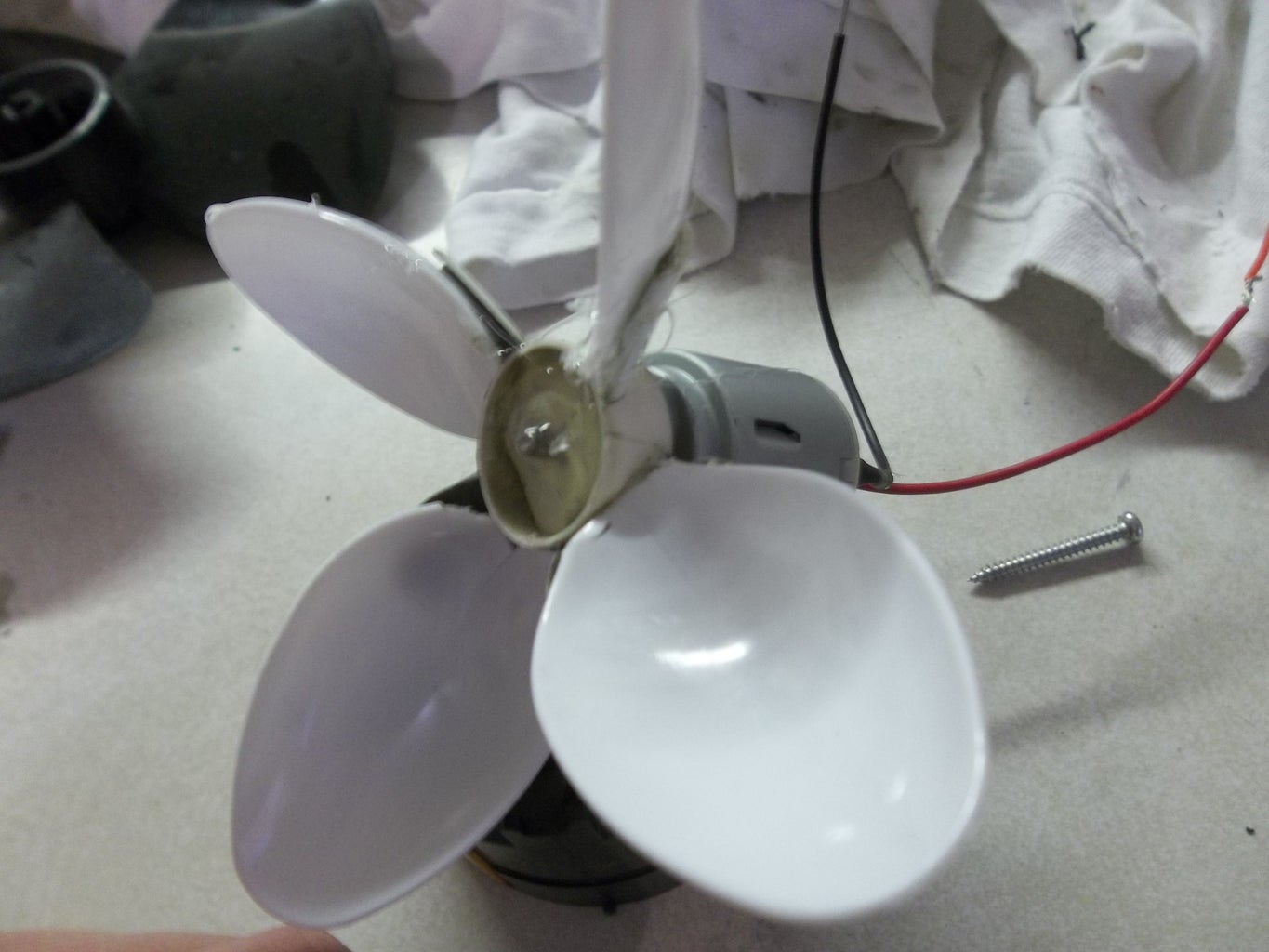
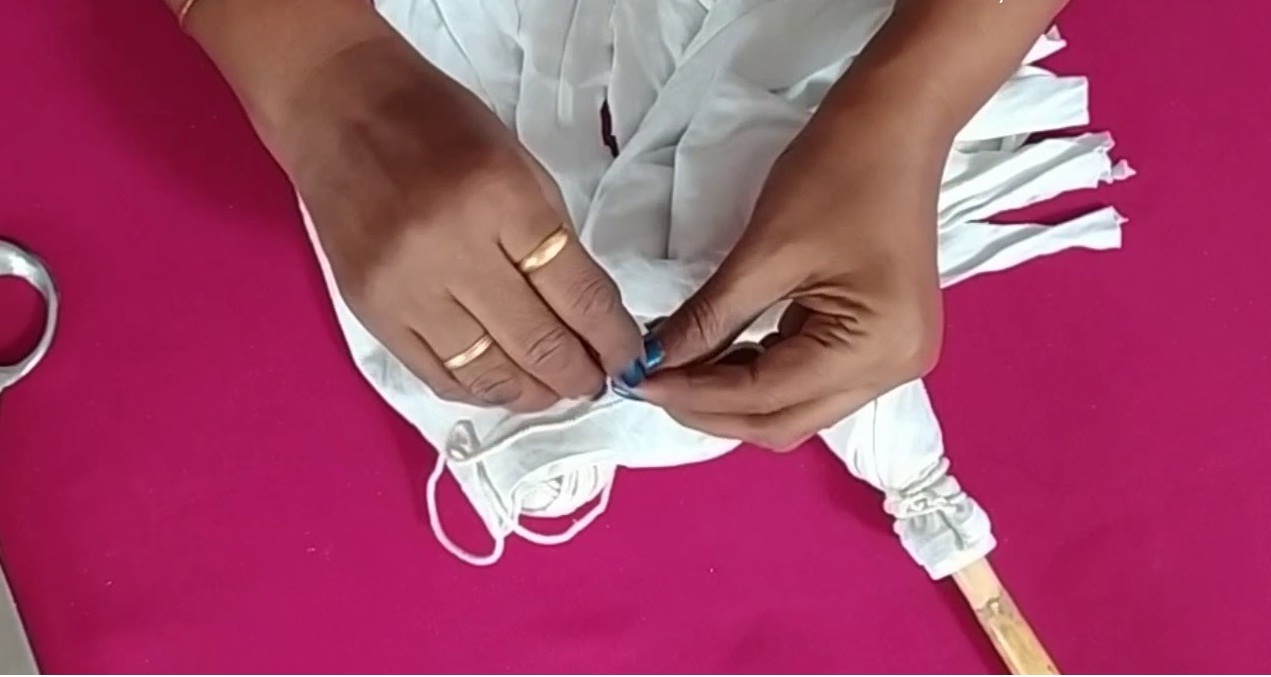
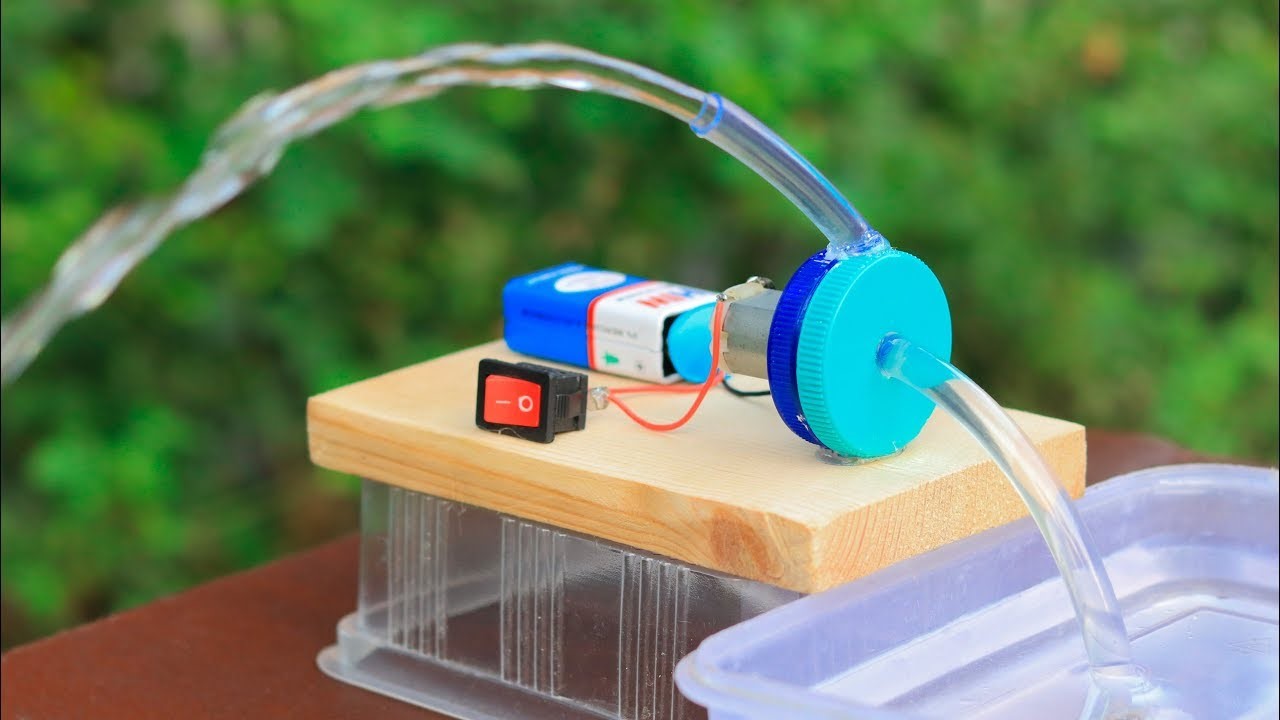


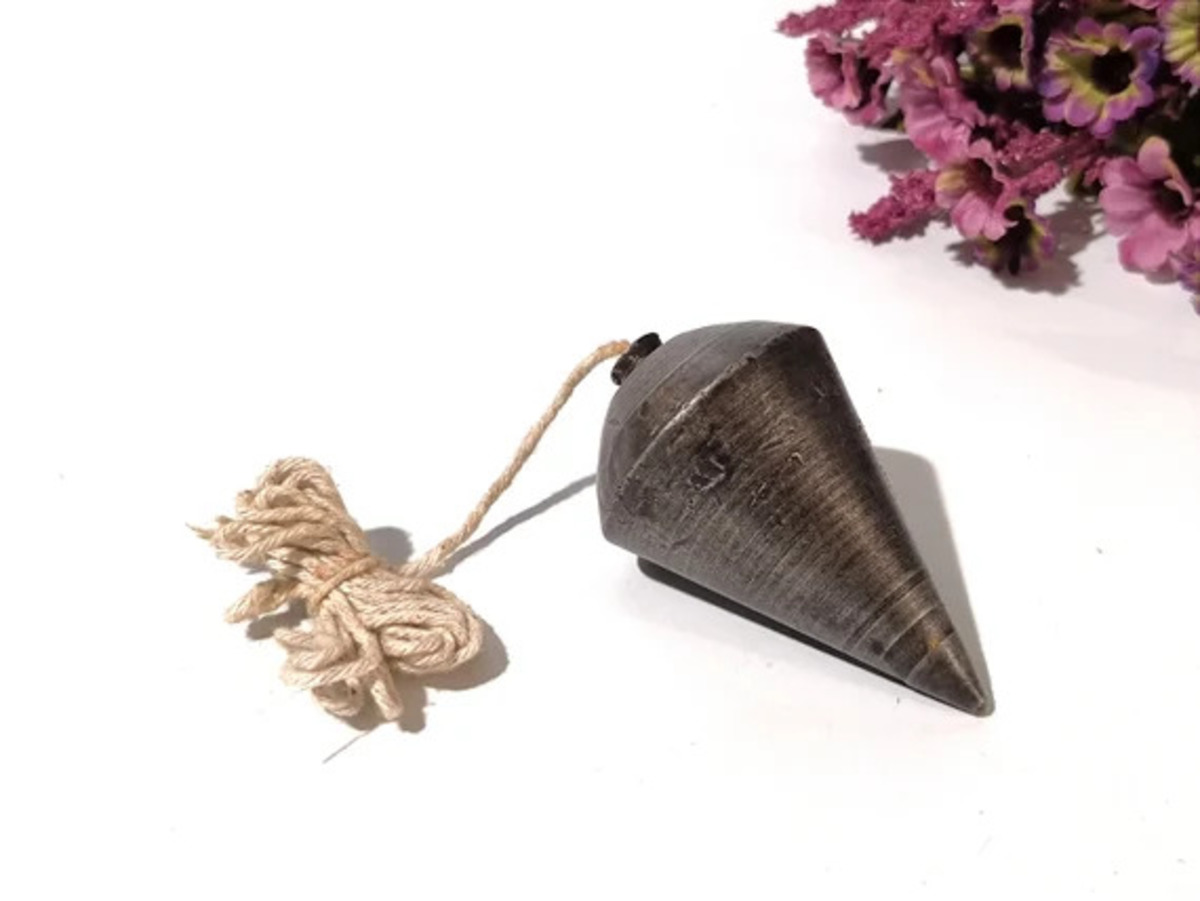
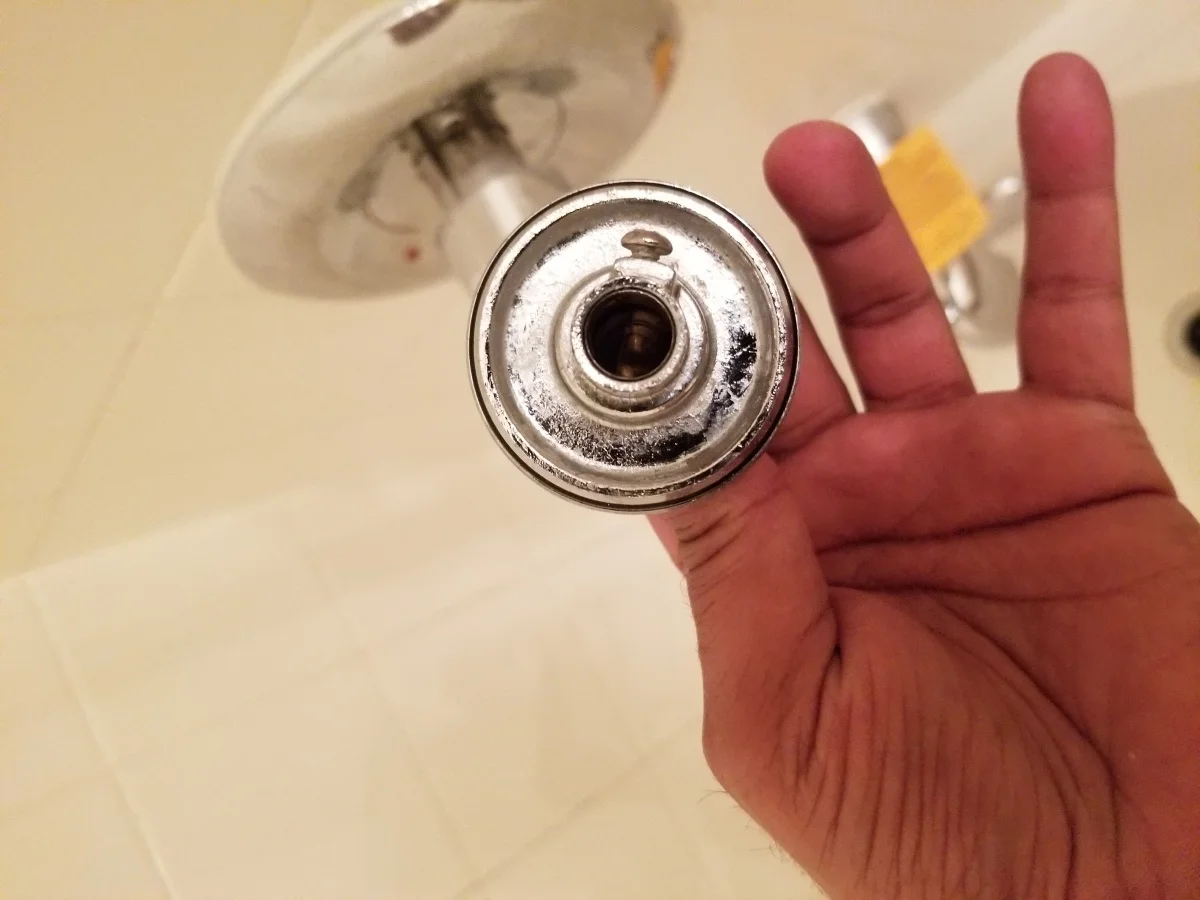
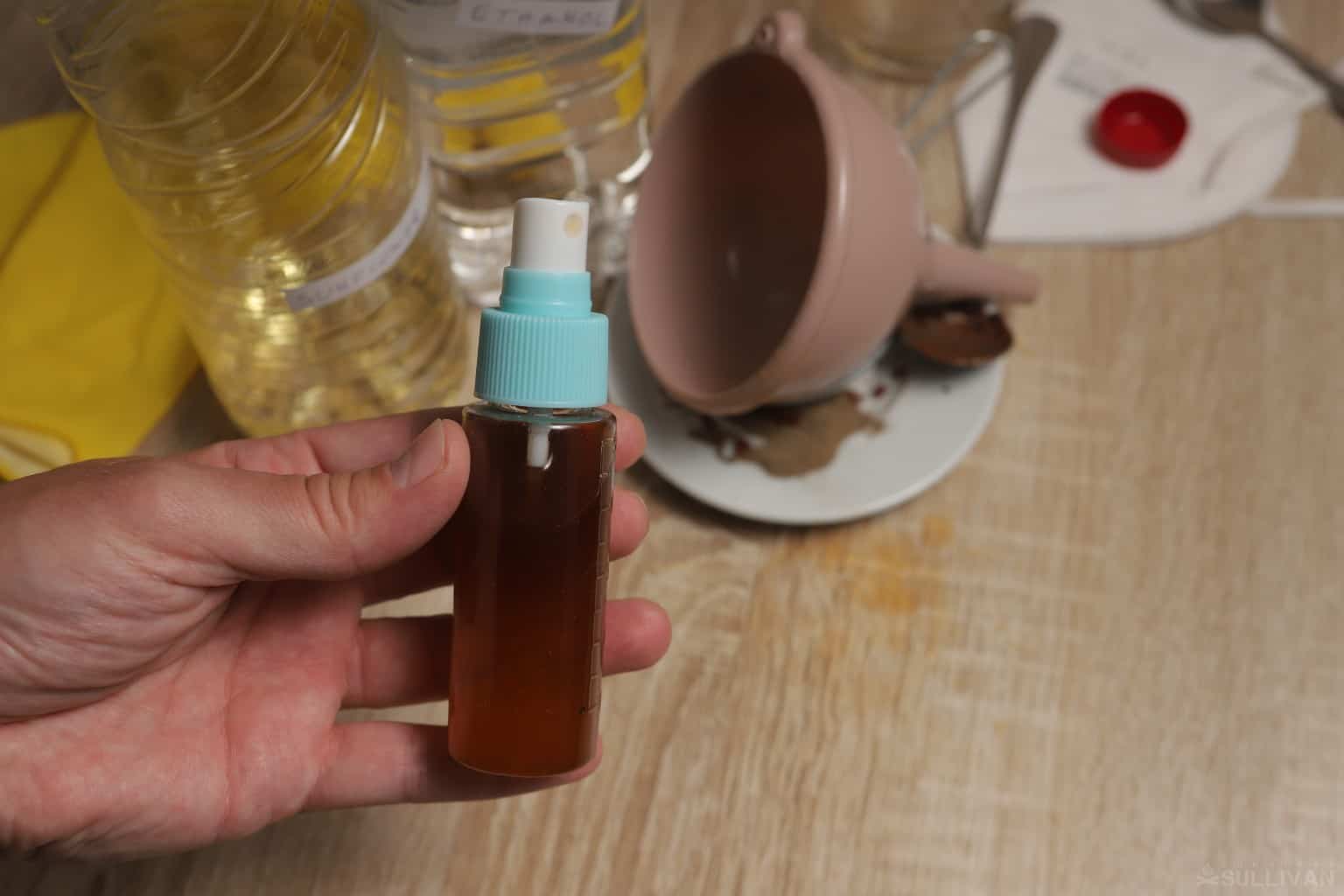
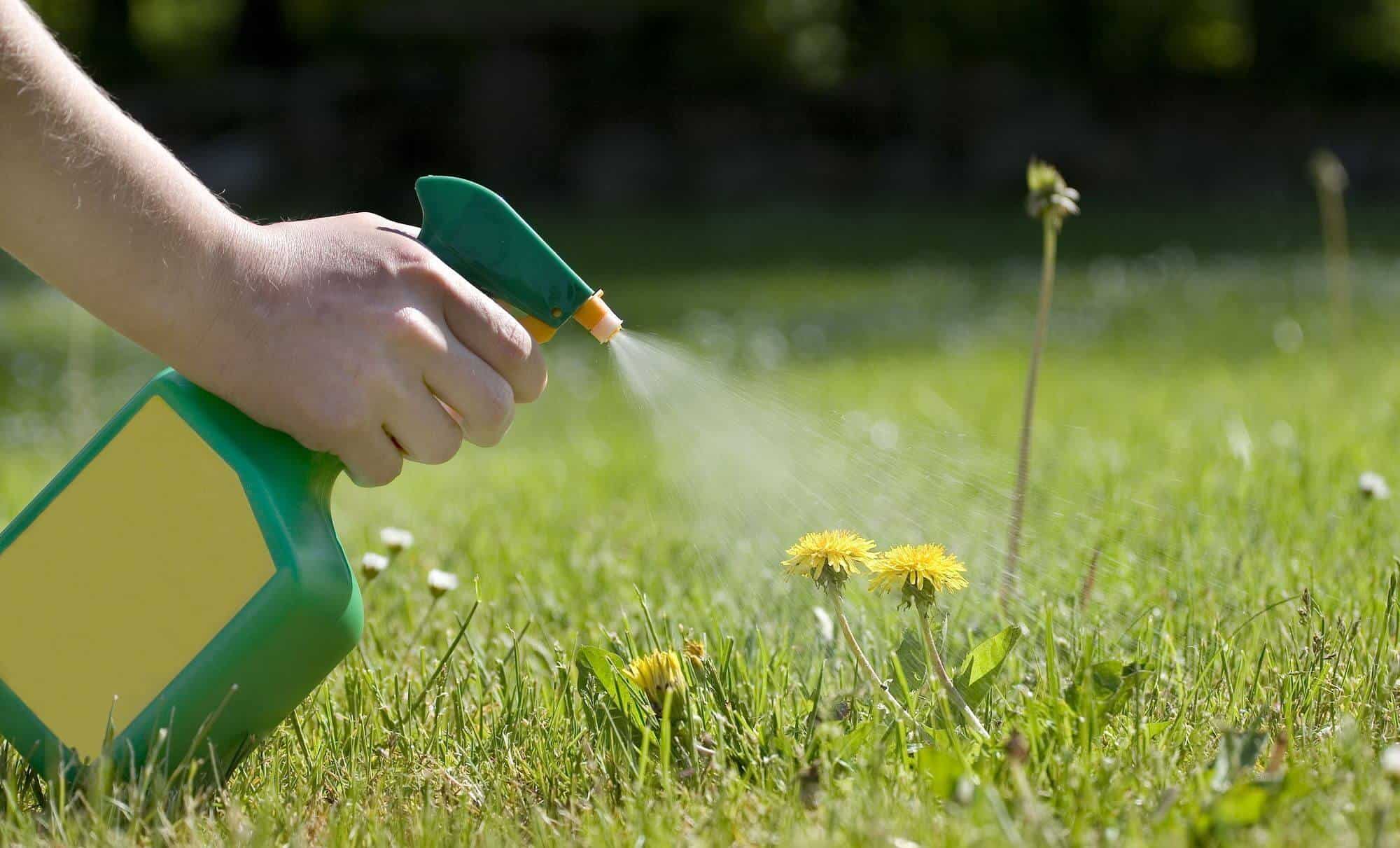

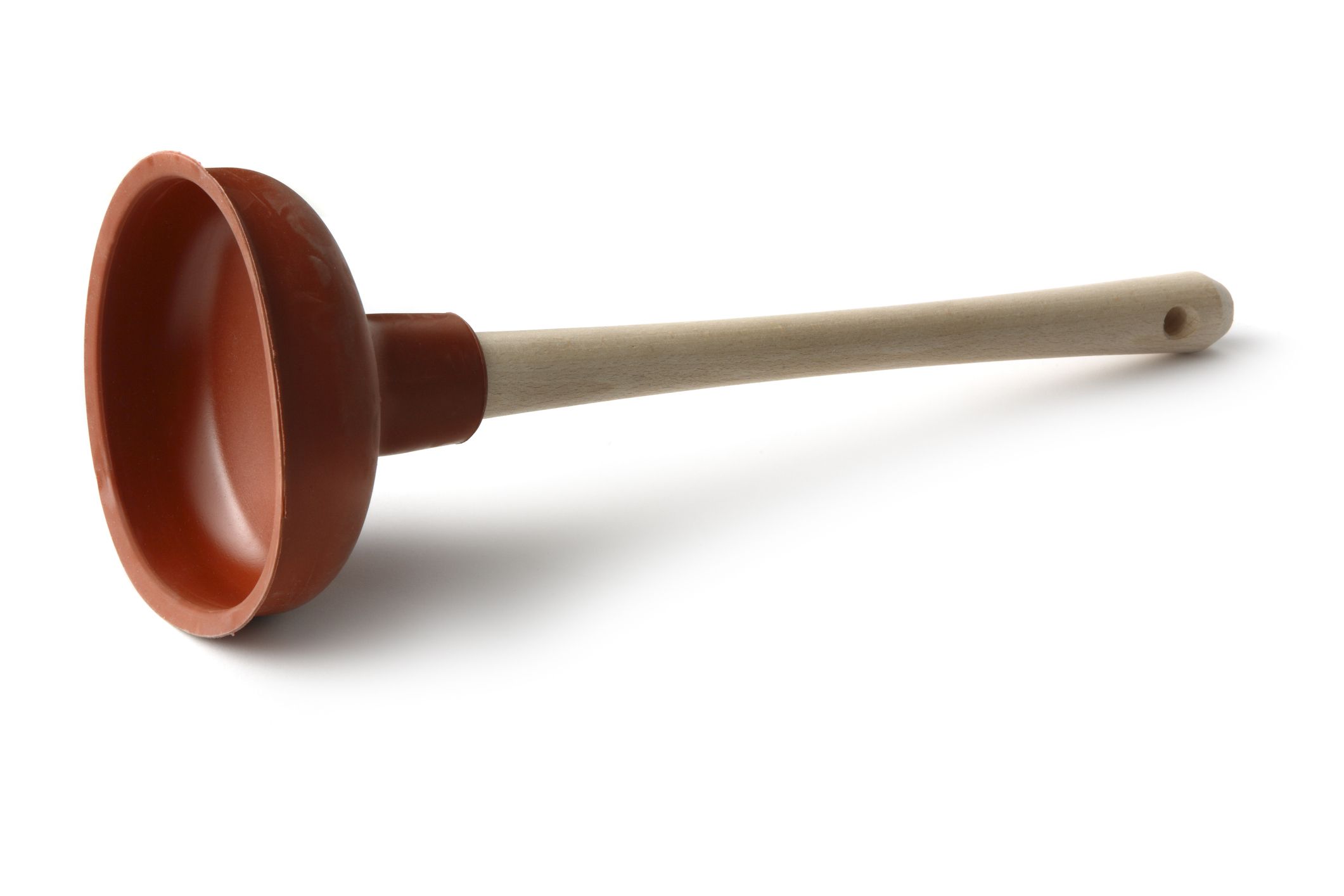
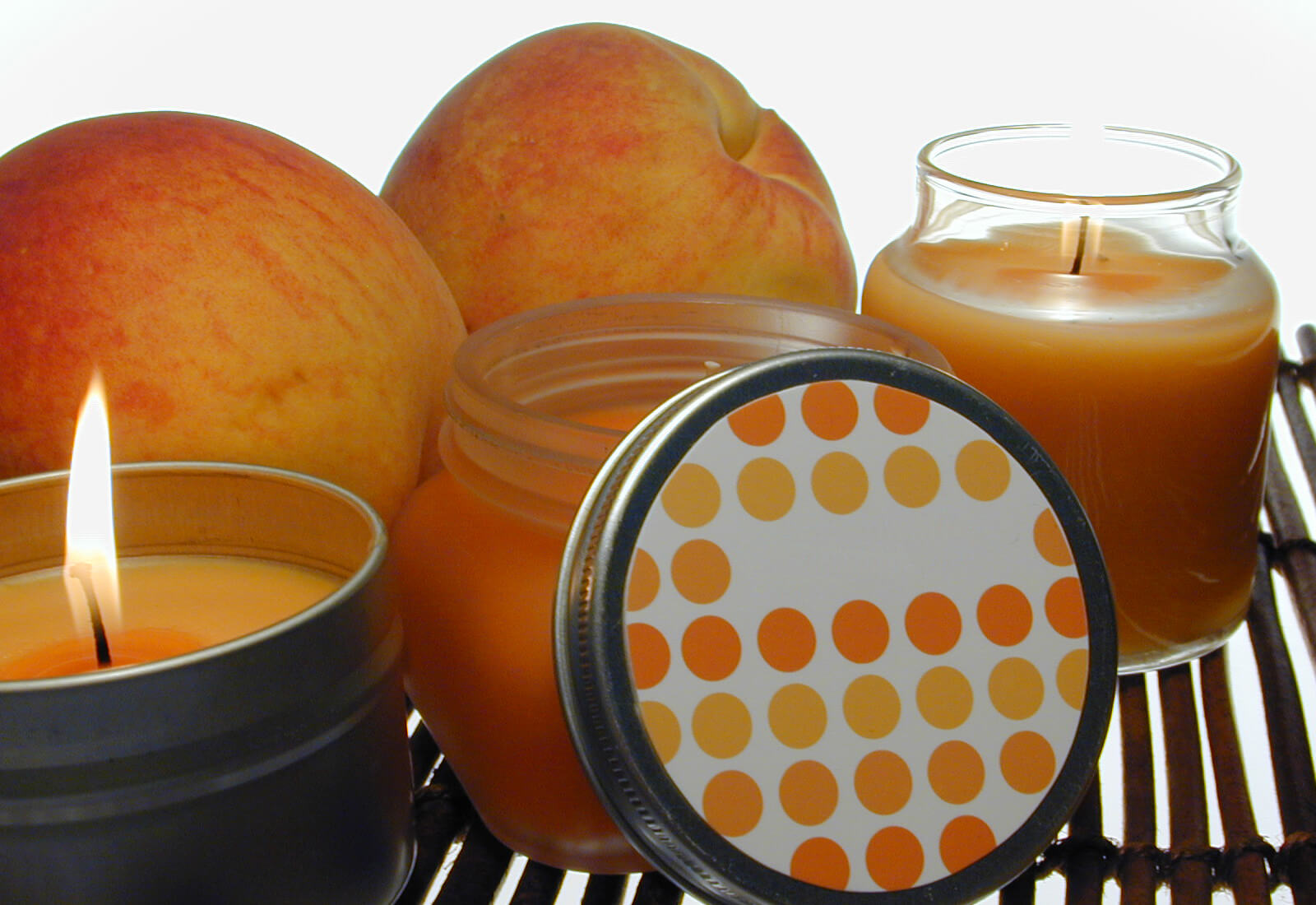

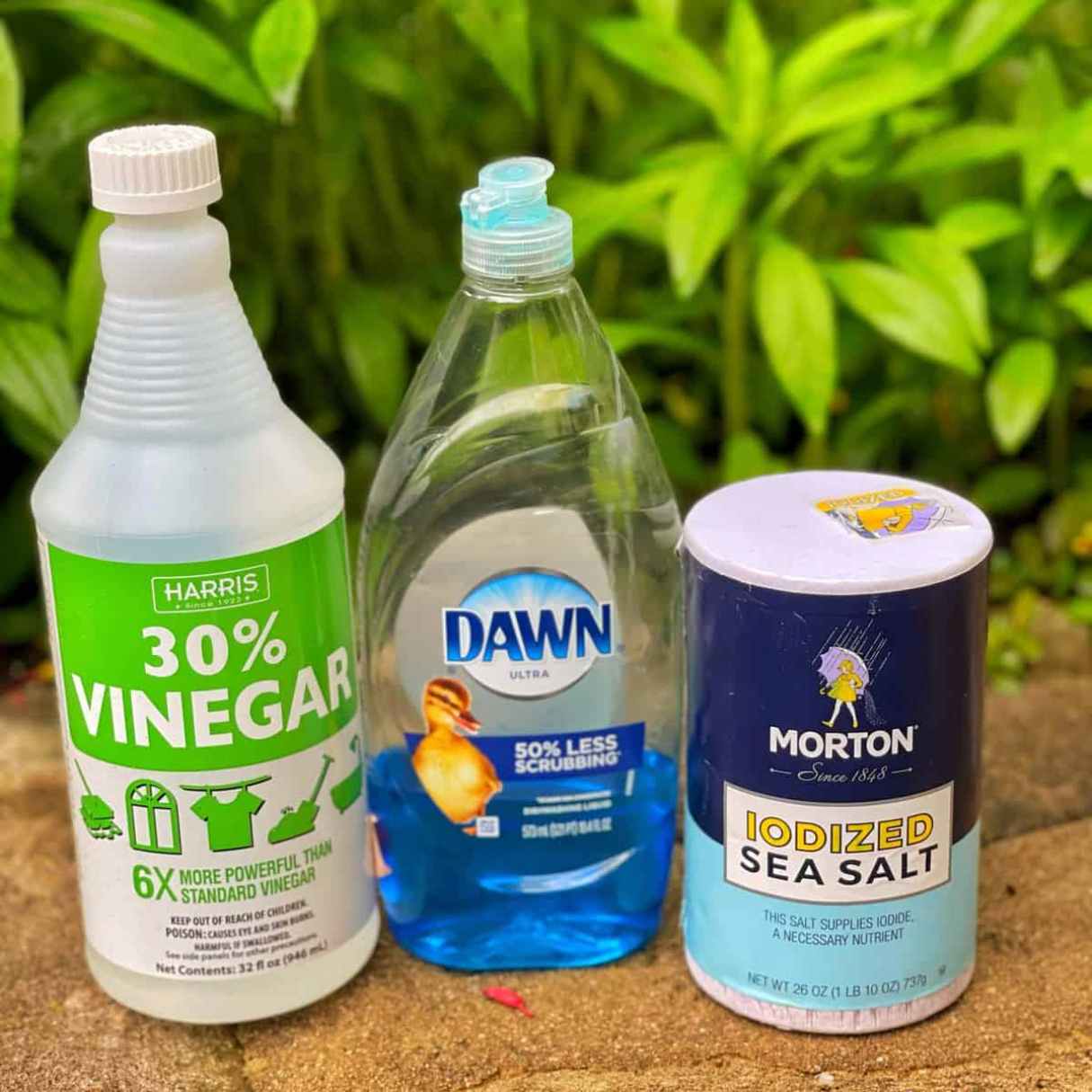

0 thoughts on “How To Make A Homemade Plunger”